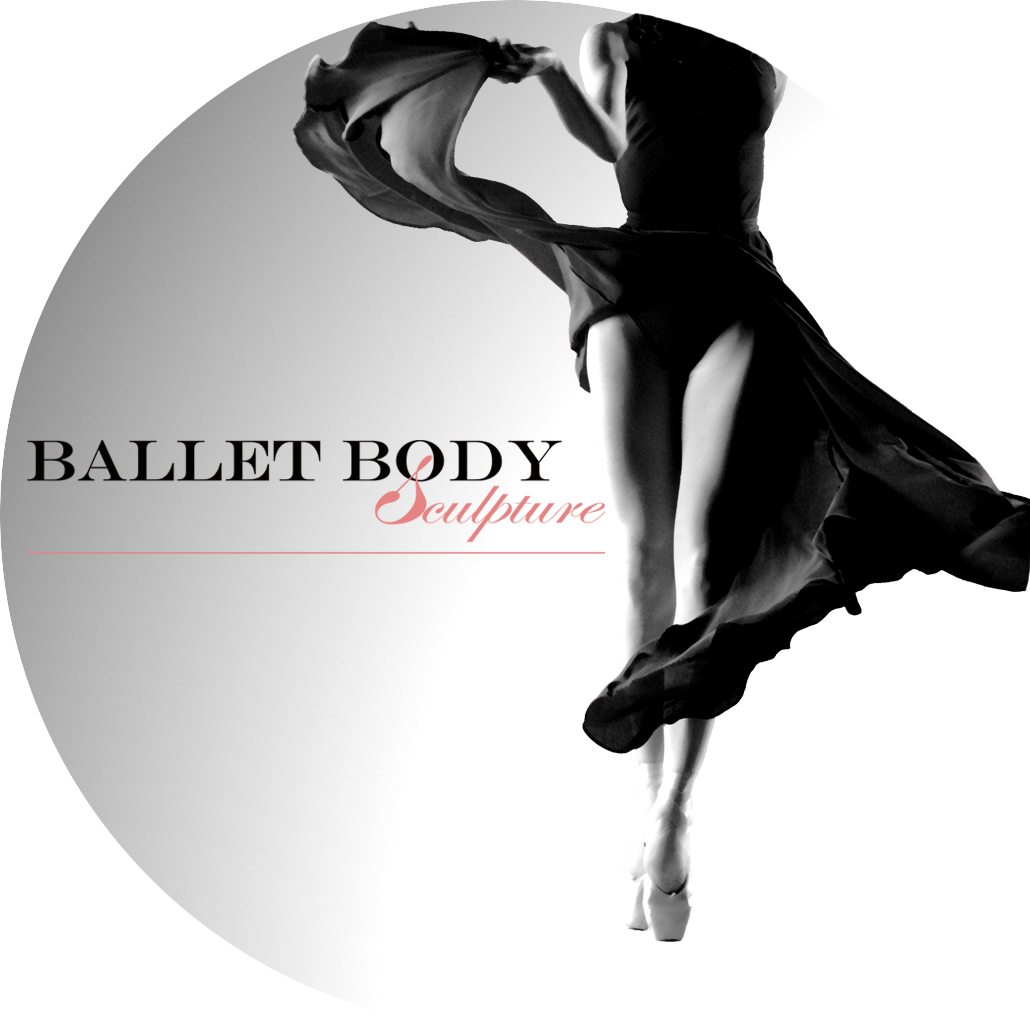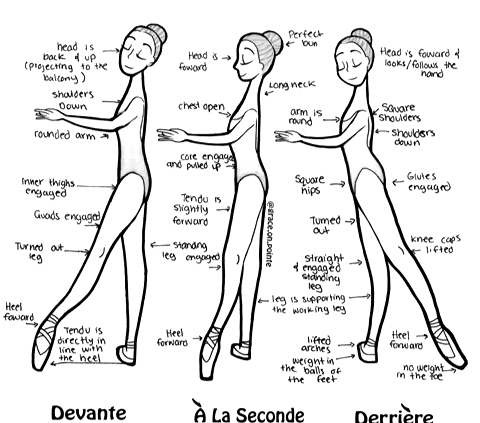9 Basic Ballet Terms & Benefits
Have you ever been to the ballet class and felt that they are talking some foreign language to you? That’s because in ballet classes or ballet workouts the tutor would always use French ballet terminology and call each ballet move a specific name. Which is why it makes it possible to learn ballet at any age. Terminology and structure helps to memories the movements, sequences and enjoy the progress! Ballet developed as a performance-focused art form in France, hence why all terminology is used in French.
Understanding correct names and as well as the benefits of some key movements could be a great help whilst starting with ballet. Here are some of the very common ones:
1. Port de bras
Carriage of the arms. In general, the use or movement of the arms through either specified classical positions or as they are placed in choreography. Excellent move to improve your posture, tone the arms and back muscles.
2.Plié
Bent or bending. A bending of the knee or knees. Great to strengthen your thigh muscles, as well as to stretch the ankles, release tensions in the lower back and hips.
3. Tendu
Stretched. Movement is initiated in the heel by pushing forward until the foot is forced into the fully stretched and pointed position. Can be performed front, side and back. Works and shapes your legs, toning, strengthening and lengthening the muscles.
4. Rond de jambe a terre
Round of the leg on the ground. The circular movement of the leg, originating in the hip. Both legs must be kept straight while the toe of the working leg traces a circular pattern on the floor. Can be performed with the movement beginning as a tendu in front or directly behind the body. Perfect exercise to strengthen the core muscles as well as work out the hips and thighs.
5. Passé
Passed. Literally, the step would have the foot leave fifth posi- tion in front (although other positions may be used) and pass the knee joint to finish in the fifth position in back. Also performed in reverse. This term is most commonly referred to as the position where the toes connect to the leg just below the knee to perform pirouette. Strongly engages the muscles of the hips and thighs.
6. Piqué
Pricked or pricking. Stretching the leg to the direction, sharply touching the floor with the stretched foot and immediately lifting it off the ground. Can also be performed by stepping directly onto the pointed leg (at the demi-point) while lifting the other leg to a variety of positions. Can be used with arabesque, passé, etc.
7. Arabesque
One of the basic poses of ballet. A position of the body, supported on one leg, which can be straight or demi-plié, with the other leg extended behind. The forms of arabesque are varied to infinity. Perfect exercise to strengthen your back muscles.
8. Pas de bourrée
Though there are many variations, the most common ly used versions are a combination of steps which move the feet in the pattern of “back, side, front”. In the jazz variation, the pattern is amended to move “cross back, open second, lunge out”. The pattern can be performed in either direction and is usually applied as a transi- tional step. Great exercise to improve your coordination and balance.
9. Sauté
Jumped or jumping. When this term is added to the name of a step, the movement is performed while jumping. Cardiovascular exercise to improve stamina and overall body strength.
Looking forward to seeing you at our ballet basics workshop. The places are limited, don’t delay!










